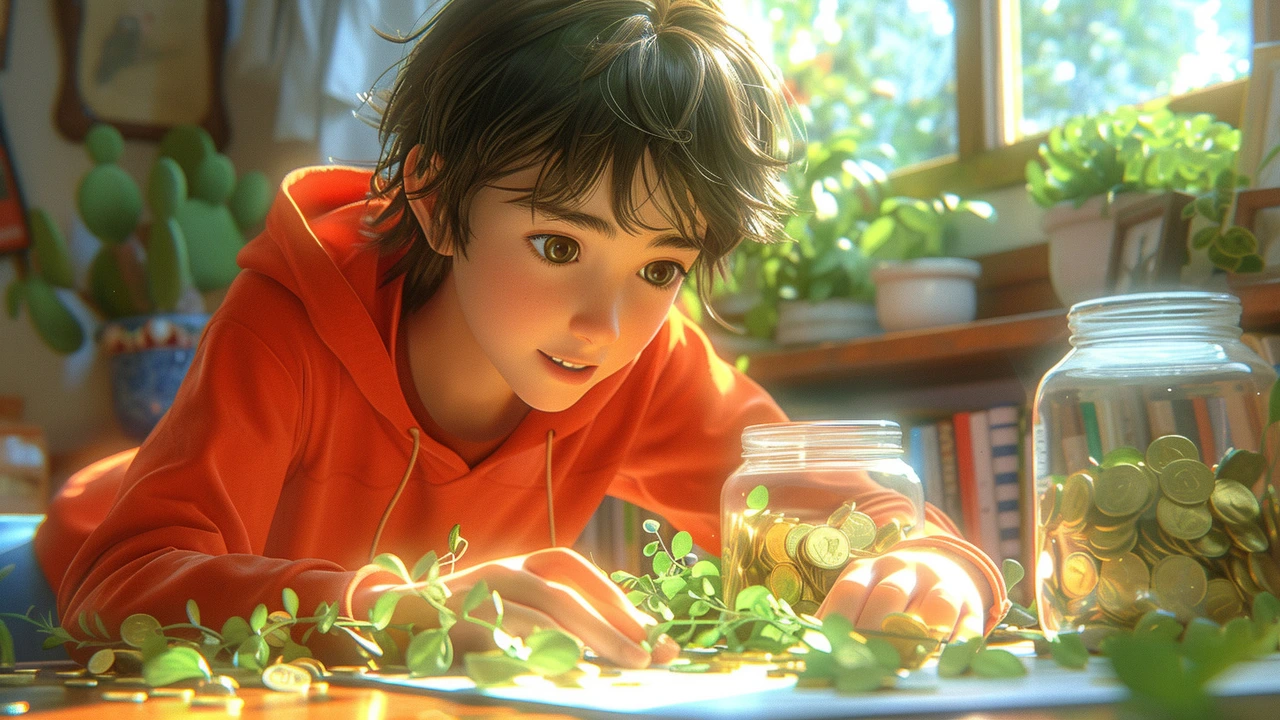Why Minimalism is the New Trend for Sustainable Living
 Aug, 4 2023
Aug, 4 2023
Discovering the Not-So-Hidden Meaning of Minimalism
Once upon a time, I was a bit of a hoarder. I know, it's hard to imagine dear Theodore, your friendly neighborhood blogger, as a hoarder, right? But it's true. My house used to be filled with unnecessary knick-knacks and items that had no purpose other than to collect dust. Then one day, I stumbled upon the concept of minimalism, and boy, was it a game-changer! Minimalism, in essence, is the intentional promotion of the things we most value and the removal of everything that distracts us from it. It's not about having less; it's about making room for more: more time, more peace, more creativity. It forces improvements in all aspects of your life.
A Peek into the World of Sustainable Living
But let's not forget about the other half of this equation: sustainable living. Sustainable living is a lifestyle that attempts to reduce an individual's or society's use of the Earth's natural resources and personal resources. It’s about finding alternative ways that are eco-friendly and affordable to live while minimizing our environmental impact. Sustainable living and minimalism often go hand-in-hand because the less you consume, the less waste and pollution are created.
Pairing Minimalism with Sustainable Living
Now that we've established what minimalism and sustainable living entail let's dive into their beautiful union. Living minimally means reducing the things in your life that don't add value, while sustainable living reduces your impact on the environment. Thus, you get the best of both worlds: A clean, clutter-free living space and a clean, pollution-free planet. It's like the peanut butter and jam of the lifestyle world, complementing each other perfectly. The reason why minimalism has become the poster child for sustainable living is that it advocates for fewer possessions and consumption which, in turn, aligns with the goal of reducing our environmental footprint.
The Magnetic Appeal of a Minimalistic Lifestyle
The appeal of a minimalistic lifestyle has grown exponentially because of its simplicity and the freedom it offers. I remember when I first started my minimalism journey, not only did my house become clutter-free, but my mind did as well! Living minimally eradicates unnecessary distractions allowing you to focus on the things that add value to your life. Moreover, it has significant ecological benefits. By consuming less and choosing items of high quality and longevity, the demand for cheap, disposable items decreases. This reduction helps decrease production and waste, which is a significant contributor to environmental degradation.
How Does One Transition to Minimalism for Sustainable Living?
Transitioning to a minimalist lifestyle for sustainable living might seem daunting at first, especially if you're like my old self, surrounded by mountains of stuff that "might come in handy one day." But trust me, it’s not as terrifying as it sounds. An important tip to start with is to avoid becoming overwhelmed. Instead of trying to tackle everything at once, start little by little. Choose a small area in your home, like a drawer or a cupboard, and start decluttering. Remember, quality over quantity. Choose items that are made to last and are eco-friendly. Not only will this ensure you get more use out of them, but it also decreases waste in the long run.
I hope this detailed exploration into minimalism and sustainable living has given you fresh perspectives on how much impact our lifestyle choices have on the environment. Minimalism, when combined with sustainability, doesn't just offer an aesthetic, clean environment, but plays a substantial role in preserving our planet. There's no better time to start your journey towards minimalism and sustainable living than now! Remember, every small step you take counts!